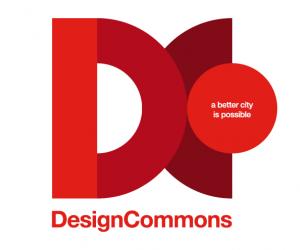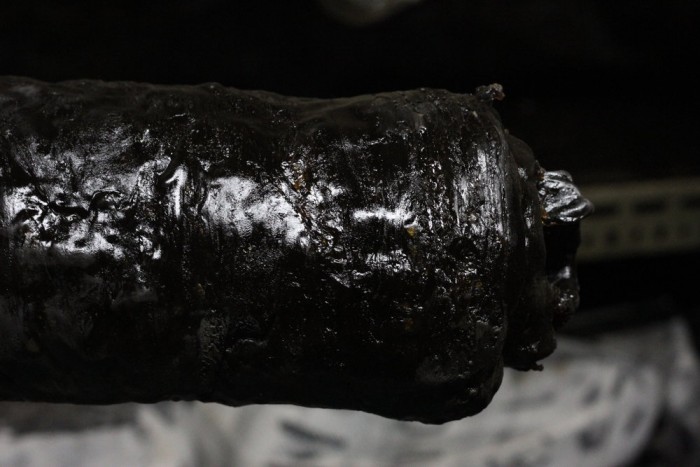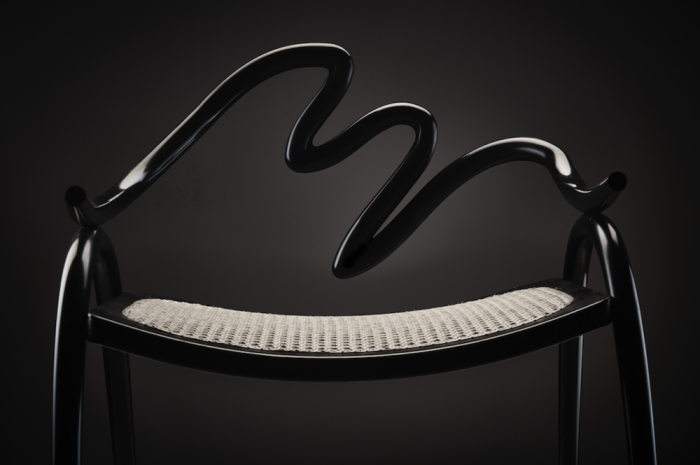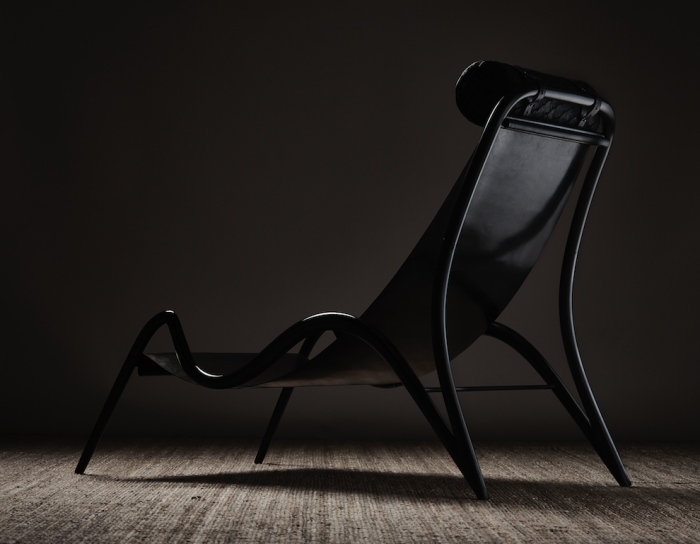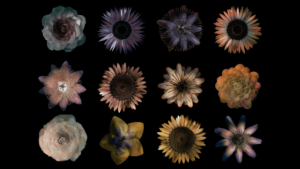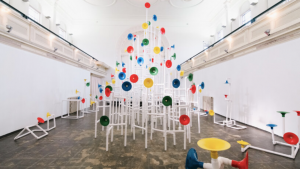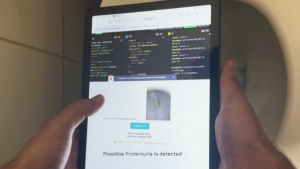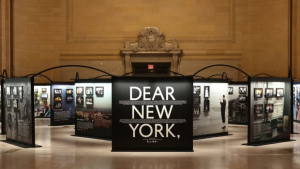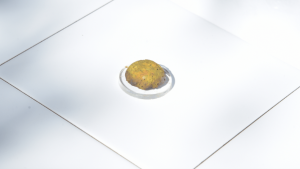Part of the Project
From the Series
Alexander Groves and Azusa Murakami, the husband-and-wife founders of Studio Swine, believe it’s time we question how we could achieve harmony between nature and industry.
Speaking in an interview at the inaugural Design Commons, Design Indaba's deconstructed conference on the future of cities, the duo pointed to their project, Fortlandia as an example. The duo also spoke at Design Indaba 2018 about some of their latest artists projects.
It began with a voyage deep into the Amazonian forest. The couple spent days studying indigenous rubber tappers. They would later turn this material into ebonite (a plastic-like substitute for ebony wood), which they would use for their Fordlandia collection of chairs.
“By buying forest sustainable products you’re actually paying people to protect the Amazon because the Amazon is worth more standing than cutting it down for timber in the short term,” explains Groves. “We’ve just started on it with our first wild rubber collection but that’s just going to grow and grow, we’re finding more products all the time that can be harvested in a more sustainable way.”
Grove and Murakami founded their firm in 2010 after graduating from London’s Royal College of Art. Their work explores identity and sustainability. Specifically, they look to make sustainable practices desirable. “Recycling is kind of like a bad word in some ways. It’s not very glamorous; it’s not very desirable. I think that desire is really, really important. If you want to change the world, you have to make change desirable,” adds Groves.
With each project, the pair create a short film. Murakami explains: “We often make films that have no language or words so we can very easily communicate without any language barriers. It’s really a process of creation which goes in tandem with the creation of our objects. So they influence each other and sort of help each other develop.”
Another of their recent projects, New Spring explores the fragility of the seasons. The interactive tree-like sculpture revealed at Milan Design Week emits bubbles that devolve into white mist as they burst.
Like their previous work, the experiential installation was created using unusual materials. Inspired by Japan’s Cherry Blossom tree, New Spring was built using recycled aluminium.
Translucent bubbles emerge from the 6-metre high tubes of the tree-like sculpture. They burst when they come into contact with the skin, but not when they come into contact with textures fabrics, meaning visitors can handle the delicate bubbles with gloves.
“As designers we always feel like there’s too much stuff in this world,” says Murakami of their work. “I think the challenge always is, how can we create something that’s meaningful; that’s not adding to the kind of waste resources in this world or having the least impact to precious materials in this world.”
The designers are also behind accessories made of human hair, furniture made from ocean waste, and cabinets made from aluminium foam.
Groves explains that it’s the role of the designer to make connections between the emotive and innovative if we’re to make sustainable design practices par for the course in our cities. “We live in a global world where we should take the best ideas for humanity and apply them wherever they’re relevant. That coexistence makes really exciting cities.
We feel like – and this is true of cities and it’s also true of indigenous communities – it’s all about appreciating what is good and holding on to what is good and appreciating ideas that can support that and not threaten.”

